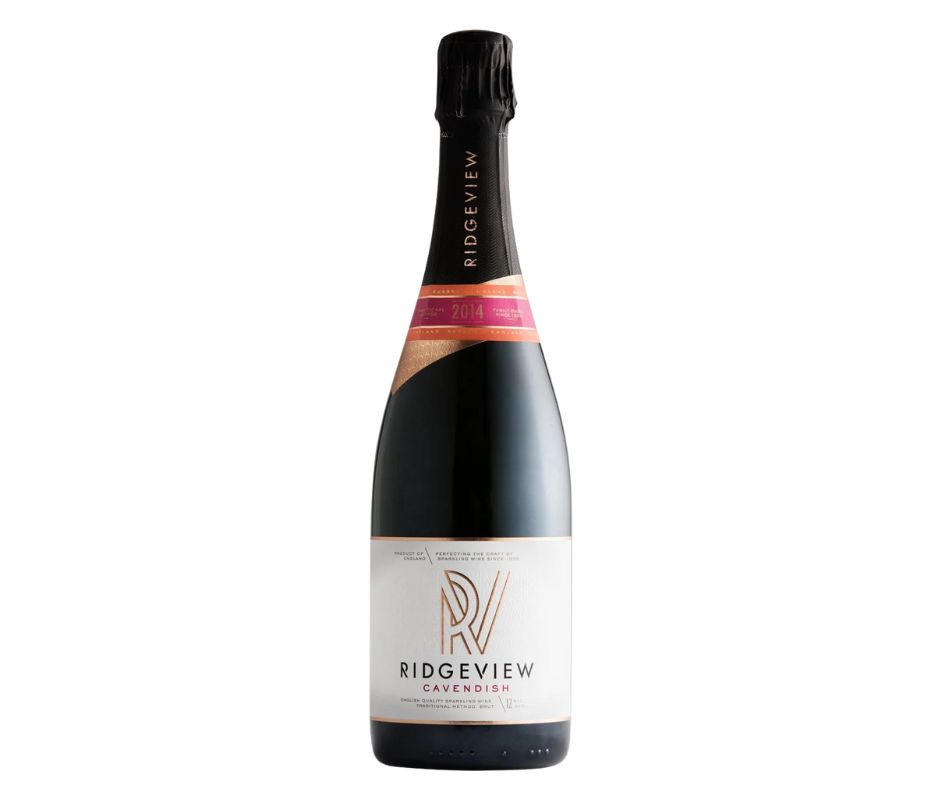English wine is certainly having its moment. Recent years have seen the market steadily grow, and now England boasts nearly 600 vineyards, with more and more people discovering the bounty of bottles being produced on their doorstep. And as proof of their quality, English wines are winning top awards around the world, with both English sparkling wine and still varieties making their mark.
Keen to find out more? Here we answer some common questions about English wine and English sparkling wine, and round up some of the best English wines to try today. Cheers!
Is English wine any good?
The answer to this is simple – yes! We may be used to buying our wine from further afield, and hearing people compliment the options from France, Italy, Spain or South America, but the truth is there’s a real treasure trove of delights being produced on English soil. The vineyards here in England are dedicated to producing the very best from English-grown grapes and English sparkling wine in particular has emerged as a real standout variety. In fact, some of the best English sparkling wines have beaten traditional French-produced Champagne in tasting events, and French wine and Champagne houses are even buying up land in southern England in an attempt to get in on the action. That’s certainly something to raise a glass to.
Where is English wine made?
Most English vineyards are located in the south of the country – in Surrey, Kent, Hampshire and Sussex, Devon, Dorset and Cornwall. That’s because the conditions here are just right for the classic Champagne grapes – Chardonnay, Pinot Meunier and Pinot Noir – as well as the favoured Bacchus grape. It’s not just the climate that’s spot-on either – interestingly, several parts of southern England share a similar soil topography to the growing regions in northern France.
Saying that though, there are also notable examples in East Anglia and north of the country – and in Scotland and Wales too.
The climate in England does mean that production can be a bit of a rollercoaster, depending on how the weather has fared, and this impacts both flavour and quantity. For example, 2018 may have been a bountiful year for wine but catastrophic frosts in 2017 resulted in a small and delayed harvest of grapes that year – meaning much less wine for us to enjoy.
What grapes are used in English wine?
The main grapes grown in England used in English wines are those used for sparkling wine (Chardonnay, Pinot Noir and Pinot Meunier), but Bacchus is also a popular grape, as is Seyval Blanc, Pinot Gris and Rondo.
Charlie Stein, director at Rick Stein Restaurants and GBF Awards judge, shares his thoughts on some of these grapes below:
- Chardonnay makes for some of the world's greatest wines. It works beautifully with oak ageing which creates wines with a rich and rounded texture and is used in good English sparkling wine. I love a Chardonnay-dominated English fizz.
- Pinot Meunier is one of the holy trinity of grape varieties to make up Champagne Brut and also good English sparkling white, giving a lovely red fruit and depth.
- Bacchus is THE grape for the English climate. It has a flavour profile a bit like Sauvignon so very herbaceous and grassy with a refreshing zing.
- Pinot Noir is a really interesting one in England. In especially ripe years like 2018, it can produce some excellent wines that are light, fresh and with juicy red fruit.
Why is English sparkling wine so special?
If you haven’t yet tried English sparkling wine, get yourself a bottle pronto. With their crisp and refined bubbles, well-balanced flavour and common notes of citrus, pear and fresh apple, English sparkling wines showcase complex and classic flavours that are proving to be a big hit.
Anjali Douglas, a wine educator at WSET (The Wine Spirit Education Trust) is enthusiastic about how far English sparkling wine has come in recent years and the different methods being used.
“English sparkling wine now has a firm place on the world stage,” she says. “Wines made via the traditional method (the same way as Champagne) still account for the vast majority of production and are becoming more elegant, sought after and (sadly) expensive each year. But there is also a small but fascinating emergence of a more affordable style of sparkling wine from England, made in methods that take less time to produce.
“More and more of us are drinking English Pétillant Naturel (pét nat) or Col Fondo wines - both of these styles don’t require the labour-intensive process of removing the yeast sediment that is used to give them their ‘sparkle’. These wines are often light in alcohol, fruity with a mouth puckering tang from the yeast.”
What are the best English still wines to try?
With all the talk about English sparkling wine, English still wines can sometimes be overlooked, but there’s a whole host of exceptional options to discover, as Anjali tells us.
“Still versions of the key Champagne grapes – Chardonnay, Pinot Noir and Meunier are all made to high quality levels, and wines made from Meunier are gaining a reputation for being an English ‘signature’,” she says.
As well as this, Bacchus is an oft-favoured choice (with the resulting wine similar to those featuring sauvignon blanc grapes), and Pinot Blanc and Pinot Gris grapes are grown across England.
Can I buy red English wine too?
Yes, absolutely! Although English red wines aren’t quite as well known as English still or sparkling wines, there’s some brilliant wines emerging on the scene. Pinot Noir is a popular grape to use here and many vineyards have also had success with the likes of Rondo, regent and Dornfelder grapes. Due to our climate, English red wine is usually fairly light-bodied and fruity, but medium-bodied wines can be found too.
“Red wines can be the trickiest to produce in England’s marginal climate, but there is lots of buzz around reds from Crouch Valley in Essex – these wines aren’t cheap but they’re becoming as refined and complex as fine Burgundy,” adds Anjali.
What are English rosé wines like, and can I buy other types of English wine?
As you’d expect from a good rosé wine, English rosés are fresh, crisp and super refreshing. Typically, they’re made from a blend of red and white grapes such as Pinot Noir, Chardonnay and Meunier and the result tends to be a pale wine (either still or sparkling) with lots of fruity notes.
Anjali also points out that there’s a whole range of more experimental wines being created, too. “One of the lovely sides to English wine is the left-field, experimental, slightly eccentric makers that are out there,” she explains. “These aren’t trends as such, as they’re often made on a small scale by individual producers, and they aren’t comparable to classic French wines, but tasting these styles can be joyful. From wines aged in amphora, quirky aromatic blends, orange wine and beyond – winemakers across England are fast developing their own identity.”
Looking for more tips on buying, serving and storing English wine? Charlie Stein has shared his key advice here.
The best English wines to try tonight
Here we’ve rounded up 14 different English wines for you to try. Enjoy!















